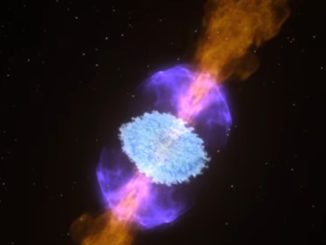
black hole

News

News

News

News

News

News

News

News

News

News
